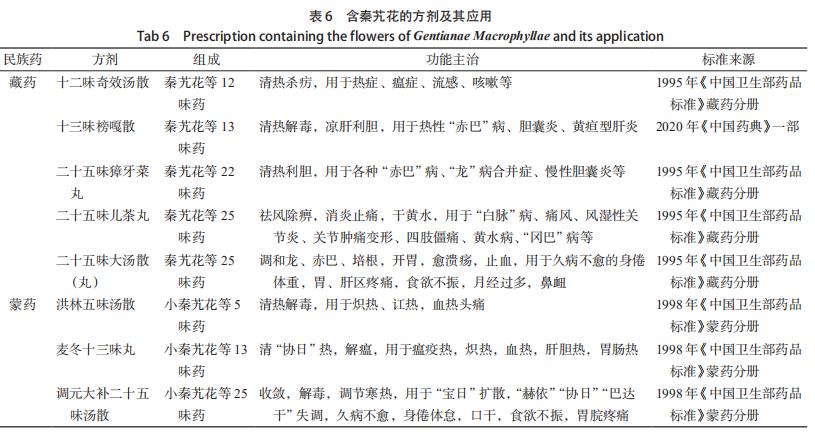中国消费者报长春讯(郑渊哲记者李洪涛)4月13日,吉林记者从吉林省图们市市场监管局获悉,图们为切实做好疫情防控期间集中隔离点食品安全监管工作,开展保障饮食安全,辖区该局采取落实主体责任、内隔全面监督检查、离点强化应急处置等举措,供餐盖督全力保障隔离点隔离人员的单位导检餐饮食品安全。 该局执法人员对环境卫生、全覆从业人员健康管理、吉林核酸检测、图们原材料贮存、开展进货查验、辖区加工切配、内隔设施设备、离点餐饮具清洗消毒、食品包装容器、送餐过程、食品留样等环节进行了全面检查。

执法人员检查食品留样环节。
检查过程中,执法人员对供餐单位提出5点要求:加大食品加工区域及设施设备清洁消毒频次,保持良好通风;加强从业人员健康监测和提高核酸检测频次;全面清理过期、变质食品原料,严格落实进货查验、索证索票和台账记录等制度;严格按照《餐饮服务食品安全操作规范》加工制作食品;采取有效措施严格送餐管理,严防餐具破损、食物污染,确保集中隔离点食品安全。
目前,该局正在继续加大监管力度,进一步规范集中隔离点供餐单位疫情防控及食品安全工作,保障疫情防控集中隔离点人员食品安全。同时,加大对辖区内各餐饮单位落实常态化疫情防控措施的指导督促力度,切实保障人民群众身体健康和生命安全。
责任编辑:50
华为nova7pro战oppo ace2辨别选哪个 两者对比评测购谁好
艾途教育虚构原价信息被罚

秦艽花化学成分、药理作用及其临床应用的研究进展 (三)

沙河报价上涨,其他地区跟进!,行业资讯

涉愤2.0版!王千源王景春《彷徨之刃》定档5.17
成都高新区市场监管局提醒:小心被新型职业技能培训“割韭菜”